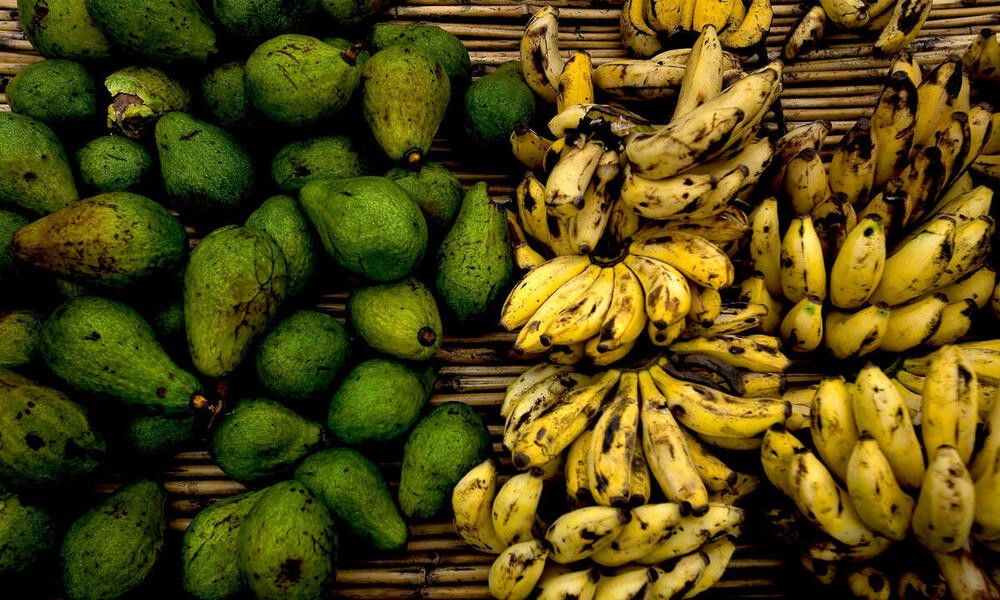Climate change puts one of every 10 Indian hospitals at risk of fully or partially shut down: Study
According to a report, 2700 of the country’s 53,473 hospitals are already at high risk of partial or complete shutdown from extreme weather events.
By Editorital Team / Jan 12, 2024

Source: iStock
India has been battling all possible climate change impacts, making the country extremely vulnerable to global warming. Further adding to the existing climate risks, India is now home to the highest number of high-risk hospitals worldwide.
According to the 2023 XDI Global Hospital Infrastructure Physical Climate Risk Report, 2700 of the country’s 53,473 hospitals are already at high risk of partial or complete shutdown from extreme weather events. If fossil fuels are not phased out, this will increase to more than 5,100 by the end of the century.
In India, the proportion of hospitals at high risk would be 5.7% by 2050, and if emissions are high, it would affect almost 1 in 10 hospitals by the end of the century. The country has already seen 41% increase in modelled risk of damage to hospital infrastructure already expected to have occurred between 1990 and 2020 due to global warming. This is the third highest after Nepal and Sri Lanka, respectively.
High-risk hospitals can be categorized as ones with a high probability of total or partial shutdown of the hospital within the design life of the building. It would be considered uninsurable if this were a residential or commercial building.
Risk of hospital shutdown
The report analyzed 200,216 hospitals around the world for risk of damage from six different climate change hazards- coastal inundation, riverine flooding, surface water flooding, forest fire, extreme wind, and cyclone wind, from 1990 until the end of the century.
Without a phase-out of fossil fuels, by 2100, 1 in 12 hospitals worldwide will be at high risk of total or partial shutdown from extreme weather events, totaling 16,245 hospitals. Even after enormous adaptation investment, relocation will be the only option for many. Even with a rapid decrease in fossil fuels, the risk of damage to hospital infrastructure will still increase by 2100 due to emissions that have already occurred or appear unavoidable.
The analysis suggested that with continued emissions, the risk of damage to hospital infrastructure around the world is set to triple by 2100 (311% increase).
However, these risks to hospitals would be much lower if there is a rapid phase-out of fossil fuels. The report analyzed that faster emission reduction could bring the risk percentage to half the level expected if emissions are high.
High risk for South Asia, especially coastal areas
According to the report, Southeast Asia has the highest percentage of hospitals at high risk of damage from extreme weather events worldwide. With high emissions, almost 1 in 5 hospitals (18.4%) in Southeast Asia will be at high risk of total or partial shutdown by the end of the century.
South Asia has the highest number of hospitals at risk, reflecting the high population. By 2050, a third of the world's most high-risk hospitals (3,357) will be in South Asia if emissions are high. By 2100 this could increase to 5,894, the report added.
Experts said that such impacts would be “nothing less than catastrophic”. Eloise Todd, executive director, of Pandemic Action Network, said, “We know that increased temperatures mean more pandemic threats, this study shows that climate change will put entire health systems at risk of climate breakdown just as they will be put under more pressure. It’s time to stop the burning of fossil fuels and invest in climate- and pandemic-resilient health systems—the two can and must go hand in hand.”
The report said that communities hit by hurricanes, severe storms, flooding, forest fires, and other disasters could be cut off from emergency hospital care right when they need it most, with low and middle-income countries most at risk.
The report said that hospitals located on coastlines and near rivers are most at risk. Riverine and surface water flooding dominates the risk of damage to hospitals. Towards the end of the century, coastal inundation rapidly increases (exacerbated by sea-level rise) and becomes the most significant hazard after riverine flooding by 2100.
Climate Change Hospitals Extreme weather events

